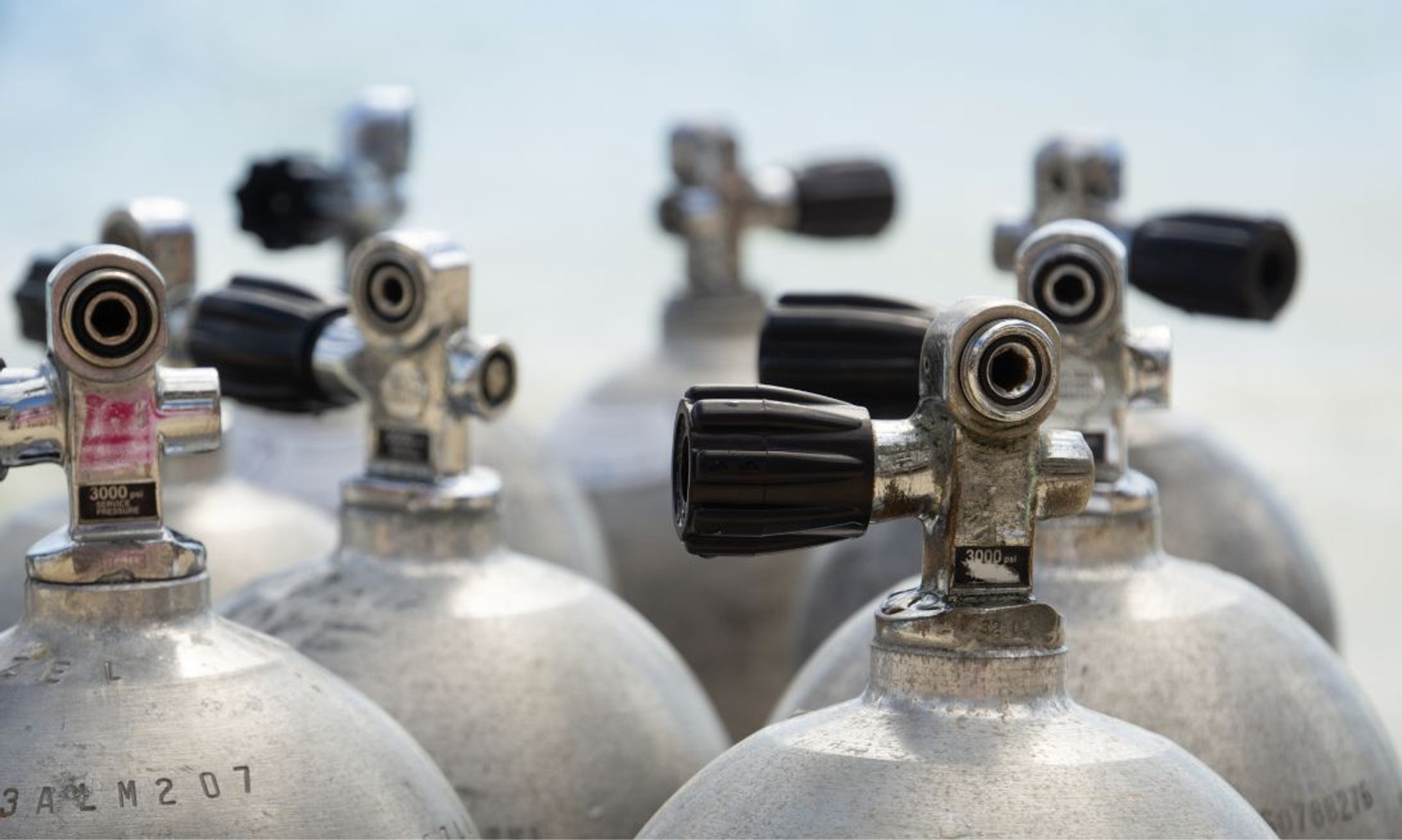Cryogenic Cooling in Metal Treatment Processes
In the realm of metal engineering, precision and durability are not just buzzwords; they are the very foundation of product quality. Enter the cutting-edge technology that’s not just another cold spell but an essential player in metal treatment processes—cryogenic cooling. This deep-freezing methodology is no longer confined to the pages of science fiction but is now an indispensable tool for a wide range of manufacturing applications. So join us as we take a look at cryogenic cooling in the metal treatment process.
The Science Behind Cryogenic Cooling
Describing cryogenic cooling can feel like unfolding a page from an advanced physics textbook. In its essence, cryogenics deals with the behavior of materials at very low temperatures, typically below -150°C. The process during metal treatment involves gradually reducing the temperature to these extreme levels and maintaining them for a specific period using liquid nitrogen or solid carbon dioxide. Calibration gas canisters are a must to ensure precision during this process.
For metals, the deep cold has a profound impact. The atomic structure of a metal part is rearranged. Upon reaching cryogenic temperatures, any remaining austenite in the metal is transformed into martensite to an extent impossible through heat treatment alone. This transformation at such low temperatures creates a more uniform and stable microstructure within the metal, significantly improving the material’s mechanical properties, including increased wear resistance and dimensional stability.
Benefits of Cryogenic Treatment
When subjected to cryogenic cooling in treatment processes, metals undergo a metamorphosis of sorts, emerging with properties fine-tuned for performance. Key among these advantages is an increase in the metal’s wear resistance. Tool steels and other wear-prone components are less likely to fail, experiencing reduced abrasive wear and maintaining cutting-edge sharpness for longer durations.
The process also boosts dimensional stability, an essential factor in maintaining a component’s shape under thermal and mechanical stress. Furthermore, the fatigue life of metals can be doubled, allowing for longer service life and reduced failure rates.
Industrial Applications
Cryogenic cooling is not industry-specific; its advantages hold great value across the board. In the manufacturing of precision parts for aerospace, it ensures the integrity of complex geometries. For race car components, it means crucial enhancements to brake disks and engine parts. It’s even making a splash in the music industry by improving the performance of metal saxophones and brass instruments.
Cost-Benefit Analysis
The utilization of cryogenic cooling technology not only offers a strong economic rationale but also plays a crucial role in enhancing the durability of components. The upfront costs of this process might appear substantial because of equipment costs and the need to buy replacement calibration gas canisters. However, the extended lifespan of treated parts, coupled with the decreased requirement for replacements, contributes to substantial cost-efficiency in the long run.
Future Outlook
As we continue to learn more about cryogenic cooling in the metal treatment process, its application within this area will only grow more sophisticated. With advancements in process control and materials science, we can anticipate even more tailored solutions that push the boundaries of material performance—a future where cryogenic cooling isn’t just beneficial but essential in the quest for metallic perfection.

